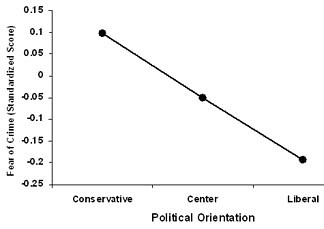First, let me offer "mad props" to
Adobe for their wonderful software,
Audition. My copy arrived Friday, and I already love it.
I spent Saturday in the lab editing audio instructions generously recorded by my colleague,
Todd Chambers, Ph.D. I was trimming the edges of the files and getting rid of breathing pauses.
As I have mentioned before,
I grew up around a family advertising agency, and I cannot tell you how many hours I have spent in a recording studio. I still get a special nostalgic feel when I hear the high pitched "chirp" of video tape getting up-to-speed or slowing down.
Along the way, I also learned some things. Before his advertising career, my dad (also named Sam Bradley) was a radio man. So I have heard great stories about his radio career. Enough so that I
began my career as a broadcast journalism major at
New Mexico State.
Although that career did not last long, I did gain experience editing analog recordings (although I had nothing that could be called skill), and I even actually taped some audio tape together.
Over the years, I actually learned a thing or two. I can recall dad talking about how much easier it is to remove pauses and breaths in the digital world. And it was this that led me to cleaning up Todd's recording in Audition.
As perhaps only a hopeless academic is apt to do, I noticed something scientific while I was editing. Admittedly it is only a tangential little linguistic phenomenon of interest to scientists, but pretty darned cool to me nonetheless.
Permit me one more digression, and I will explain.
When I first arrived in Bloomington in January 2002, I happened across an article by world-famous
IU psychologist,
Richard M. Shiffrin (see full citation below). In that study, they used audio to record answers to memory questions. Participants either were to acknowledge "yes" they had seen the material or "no" they had not.
They used a computer to record response times, or how fast it took people to say "yes" or "no." And when you're keeping track of time, you need things to be on an even playing field. And it seems that all things are not equal with "yes" and "no."
In order to make them equal, they had participants say the letter "P" first. So they said "P-yes" and "P-no" instead of "yes" and "no."
Nobel and Shiffrin (2001) wrote, "
The 'P' sound was inserted at the beginning of the verbal response to equate the onset times for different phonemes. Differences as large as 150 ms in initial phonemes have been reported (see, e.g., Pechmann, Reetz, & Zerbst, 1989)."
For some reason likely due to me being a nerd, this stuck with me.

While editing Todd's recordings Saturday, I noticed a difference between "yes" and "no" that illustrated the very reasoning behind "P-yes" and "P-no."
It takes "no" longer to get up to full volume than "yes."
Too cool!!!!
I do not have copies of Todd's recording here, so I quickly recorded myself saying "Yes" and "No" and imported those into Audition. With roughly equal onset times, you can see that "Yes" (above) ramps up much more quickly than "no" (below).
To me, this is very, very cool. First, the cognitive processing of phonemes is of great interest. This difference suggests that humans are able to understand the word "yes" more quickly than "no." Interesting, perhaps.
But also cool is that is was quicker to record and edit these audio clips than it was to write this posting. Some days,
I hate technology. But most days it is pretty damned cool!
Nobel, P. A., & Shiffrin, R. M. (2001). Retrieval processes in recognition and cued recall. Journal of Experimental Psychology: Learning, Memory, and Cognition, 27, 384-413.Labels: audio, linguistics, recognition, research



















 FOLLOW SAM ON TWITTER
FOLLOW SAM ON TWITTER
 SUBSCRIBE TO THIS FEED
SUBSCRIBE TO THIS FEED
